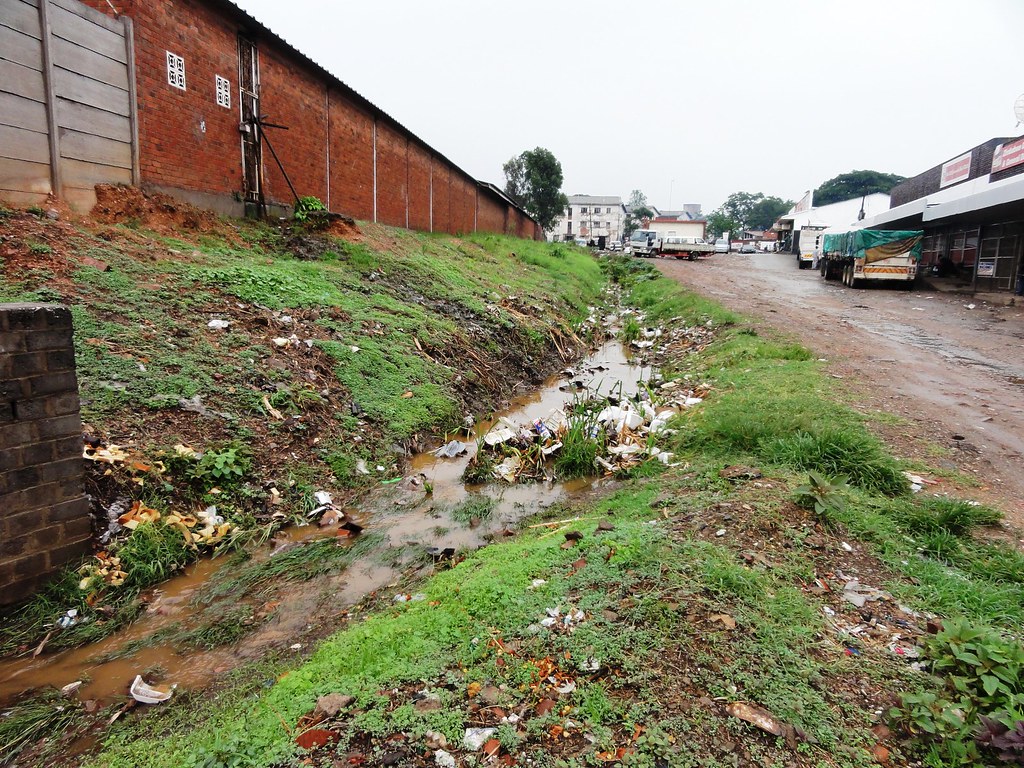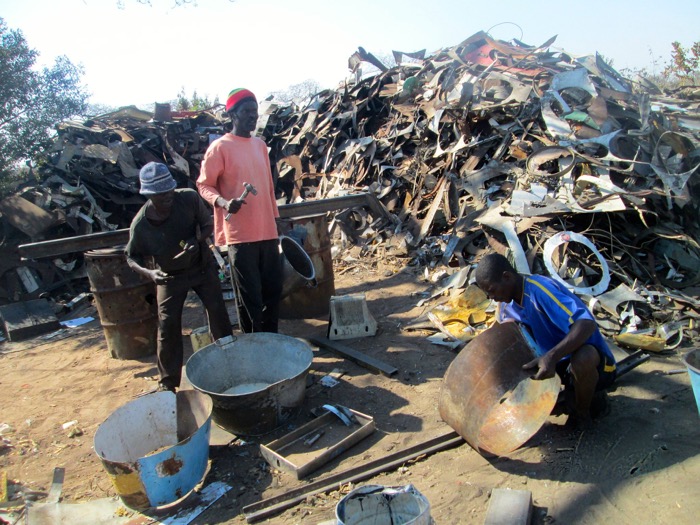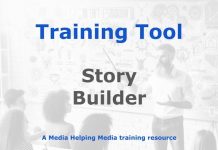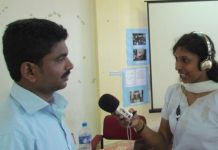
Every news story needs at least one reliable source that is able to share information that helps the journalist get to the facts.
Most news stories start with one source. That’s fine. The job of the journalist is to verify the information shared and then find at least one other source that can confirm what we have been told, or who can refute any claims made.
Typically, for a piece of information to be accepted as a fact, a journalist will require confirmation from two independent sources.
Our first source might be the publication of a document. It could be a person who has been involved in an incident or a witness to that incident.
It could be the publication of information through a news release. It could be something we have read in a newspaper, heard on the radio, seen on TV, or picked up on social media.
There are many forms of news sources. But if we have just one, we don’t really have a solid and reliable news story.
A second, independent source
The challenge for all journalists putting together a news story is finding the second source.
For more complex, in-depth pieces, we often require a third and fourth news source, with each offering deeper insight about the issue being covered.
Let’s look at an example.
We hear of flooding in a village on the outskirts of Gweru, Zimbabwe. A local reporter goes to the scene.
They talk to Grace, a mother of four, who is found sitting outside the flooded remains of her home.
Grace talks first-hand about what happened overnight. She tells us that it is the third season running that her home has been washed away. And she claims the local authority has failed to take preventive action following the previous incidents.
Grace also claims that local residents fear a cholera outbreak because the flooding has caused raw human sewage to mix with the village’s water supply.
Clearly, this is an important story that needs to be told. And Grace is making some strong points.
We know, from what we can see, that there has been some devastating flooding overnight. When Grace says her home has been washed away we can see the evidence to support that claim. We can also see children playing in the polluted water around the damaged homes.
It seems the elements of the story are all there. In this case we probably don’t need a second source to confirm the flooding happened, it’s fairly obvious. A second voice would be good, perhaps another resident who has been affected.
But we do need at least one more source to respond to some of the claims Grace has made.
What if people in authority won’t talk to us?
Has the local authority failed to take action following previous flooding? We need to talk to a local authority representative.
But what if they won’t talk to us? In that case we need to talk to at least one more local resident who can support the claim that the local authority has failed to take appropriate action.
We also need to inform the local authority that, if they are unwilling to talk to us for whatever reason, we will need to make that clear in our piece.
We can do this in several ways, but a simple line saying “We approached the local authority but nobody was available to comment” might work.
Then we need to consider Grace’s claim that local residents fear a cholera outbreak.
Do they? We need to talk to a few more to see if this is a genuine fear, and, if it is, why. It could be that there has been an outbreak in the past. We need this information. And we need someone to confirm it.
Ideally, we need to find a local doctor, health worker, or a spokesperson from a health NGO working in this field, who can talk about the risks.
For our script, we need to be careful to understand the difference between the two words ‘fear’ and ‘face’. Grace may ‘fear’ a cholera outbreak, but does the village ‘face’ one?
We can report the fact that people ‘fear’ an outbreak, but, until we have our second source verifying that ‘fear’ we can’t say the village ‘faces’ an outbreak.
In this case, our important second source could change the whole focus of the story from a human tragedy story about Grace having her home washed away, to a potentially more serious story about a village facing a cholera outbreak.
The second source, having confirmed that the health risk fear could become a reality, means that we now need to go back to the local authority with a second question.
The first was to ask them what they are doing about the flooding. The second is to ask what they are planning to do about the health risks (which we have now been able to confirm with the local doctor or the NGO).
Data and statistics
Sources can also take the form of data/statistics/numbers. In the example of the flooding in the village near Gweru, we need numbers and dates.
How many times has this area been flooded? How many homes were washed away last year? How many people contracted cholera? If the local authority won’t talk to us, we should approach the local MP. If s/he won’t talk to us, then a village elder. If they won’t talk to us we need to talk to the relevant health authority.
Put simply, a journalist has to accept that some sources will refuse to comment, but we must never take a refusal to comment as a means of killing a story. Some with vested interests will want that outcome. They will be hoping that by repeating “no comment’ we will go away and the story will be forgotten. We need to continue to look for those second and third sources to verify the information we are compiling.
Producing informative journalism
Numbers are important, too, for making sense of what we are being told by our first, single source.
For example, let’s take another story, this one about young people on the outskirts of Harare recycling metal from the city dump.

Our reporter goes along and sees people separating various metals, melting some over a fire, and turning out pots and pans from the recycled material.
The reporter is told that young people “make a living from the city dump”. But what does that mean?
Using numbers to understand what we see
We need numbers. Numbers provide context. Context answers the “so what?” question. Most news stories need to answer the “so what?” question.
How long does a pan take to make? How much do the pots and pans sell for? How many do they sell in a day? What can that amount of money buy? Can it provide a day’s shelter and food for one person?
We could simply report that young people are recycling metal from the city dump making pots and pans that they sell. That’s of interest. It’s a reflection of life. But, as far as journalism is concerned, it’s just touching on the real story. And our job, as journalists, is to dig a bit deeper to add context and meaning – in fact to add the “so what?” factor.
Once we have the numbers about how many pots are produced, what they sell for, and what that money can buy, the story takes on a new meaning.
Through asking these questions we find out that young people are perhaps earning a living through scrap, perhaps able to feed a family of four for a week with one day’s work.
Now we can honestly claim that young people “make a living from the city dump”.
Numbers, second sources, and added information provide the context that turns an observation into a piece of journalism.
Let’s always seek out the second source. Let’s decide that we will never allow a refusal to comment to be used to prevent us from finding an alternative second source, or worse still lead to us dropping the story. And let’s also commit to finding the numbers that add the essential context and answer the “so what?” question that we should always be aiming to answer.
This module was written for trainee journalists in Zimbabwe who were keen to learn how to produce in-depth video reports about life in their remote rural communities.








